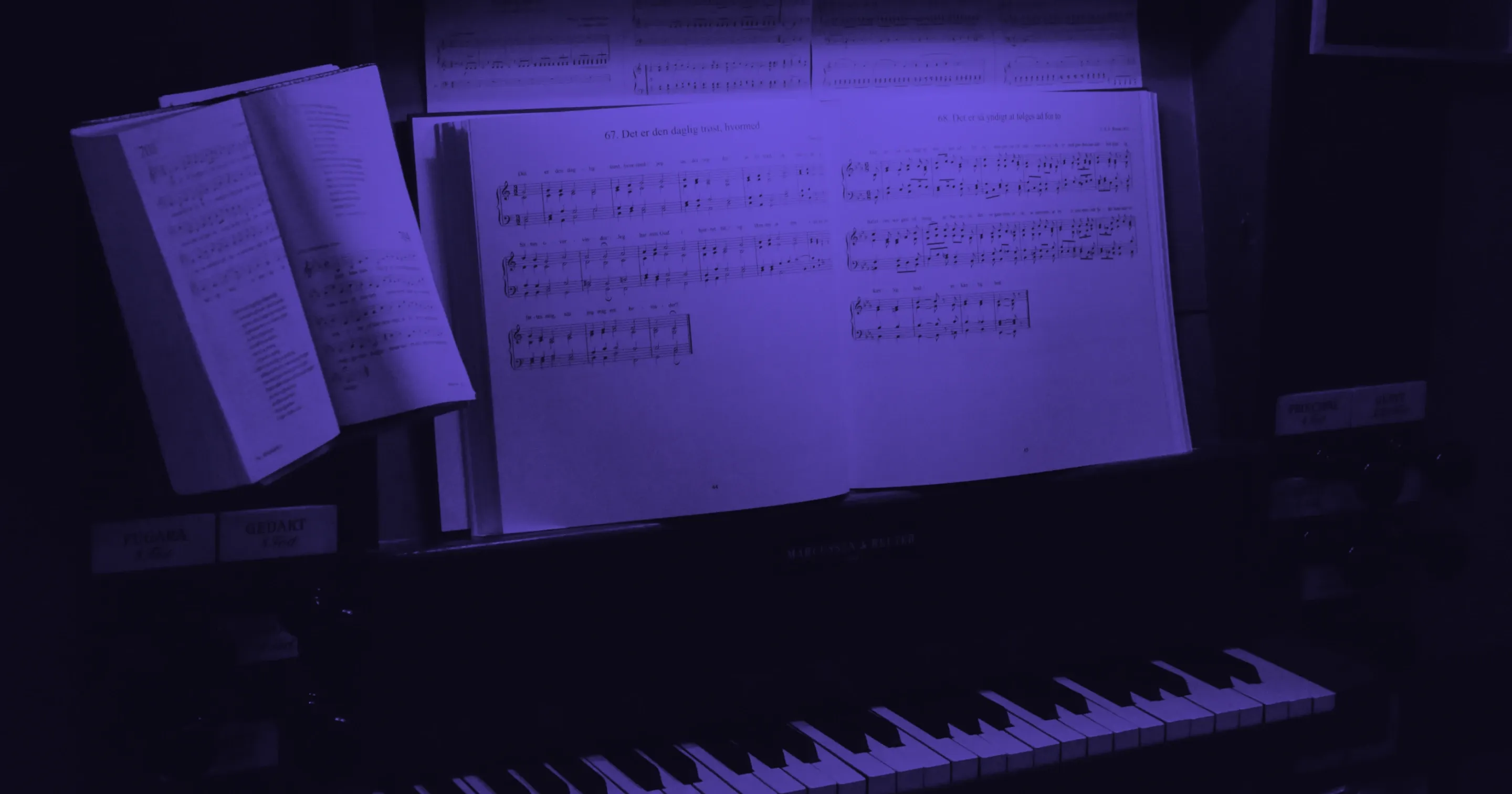
The Ionian Mode: The Cornerstone of Western Harmony
Unlock the Ionian mode, the foundation of the major scale. Our complete guide covers its interval formula, chord progressions, and use in popular music theory.
Introduction
The Ionian mode is known for its bright, stable, and triumphant character. Its sound is arguably the most familiar in all of Western music and forms the basis for countless popular songs, anthems, and classical compositions. The sound of the Ionian mode is pleasing and offers a sense of resolution and joy.
This inherent stability and familiar structure make the Ionian mode the bedrock of music theory and the primary point of comparison for all other modes. It is the essential starting point for any musician, producer, songwriter, or composer looking to understand melody and harmony.
In this article, we will break down the theoretical foundations of the Ionian mode and its scale construction. We will also look at its practical application, demonstrating how its harmonic functions generate the sounds we’re so familiar with.
If you are just beginning to explore modes, our article"Master Music Modes"offers a complete introduction. Here, we will briefly introduce modes, with a focus on the foundational Ionian mode.
The Ionian Interval Formula: Building from the Ground Up
Understanding the interval pattern of the Ionian mode allows you to construct it from any starting note and provides the blueprint for its sound.
The Ionian mode's formula, in terms of whole (W) and half (H) steps, is:
Whole - Whole - Half - Whole - Whole - Whole - Half (W - W - H - W - W - W - H)
Let's compare this to the Lydian mode to truly appreciate the Ionian's unique identity. We will use the key of C:
C Ionian Scale: C (W) D (W) E (H) F (W) G (W) A (W) B (H) C
C Lydian Scale: C (W) D (W) E (W) F# (H) G (W) A (W) B (H) C
C Mixolydian Scale: W - W - H - W - W - H - W (C - D - E - F - G - A - Bb - C)
There’s only one note difference between the Lydian mode and the Mixolydian mode compared to the Ionian mode. This single change dramatically alters the character and harmonic function of each mode.
The Core of the Ionian Sound: The Major Third and Leading Tone
While the Ionian mode is built from a specific collection of stable intervals, its essential character and powerful function hinge on two crucial pillars: the Major Third and the Leading Tone (the major seventh degree).
The Major Third, the interval from the root to the third degree (e. g., C to E), immediately establishes the mode's quality as"major". This is the primary source of its bright, cheerful, and emotionally direct sound. It's the fundamental difference that separates the happy feel of Ionian from the melancholic character of minor modes like Aeolian, which are built upon a minor third.
The Leading Tone is the seventh degree of the scale (e. g., B in the key of C), and its defining feature is its position just a single half-step below the tonic. This close proximity creates a strong melodic and harmonic"gravitational pull", making the note feel incomplete and creating an urgent desire to resolve upwards to the tonic.
This powerful pull is the engine of tonal harmony. It is the key ingredient in the dominant V chord (G or G7 in the key of C), and its resolution (the B moving to C) during a V–I chord change that provides the satisfying sense of arrival and finality known as a perfect cadence.
Together, these two intervals define the Ionian mode. The Major Third establishes a bright, stable mood, while the Leading Tone provides a powerful sense of direction and a conclusive resolution. This combination makes the Ionian mode feel assertive and complete, ideally suited for the triumphant, noble, or anthemic character found in so much of Western music.
Take a look at the article “Learn the Chords in C Major: A Music Theory Resource” to learn more about cadences and musical punctuation.
Ionian Mode Is the Foundation of All Other Modes
The Ionian mode plays a critical role in music theory as the foundational"parent scale"from which all other modes are derived.
The principle is straightforward: by taking the complete set of notes from an Ionian scale, such as C Major (C-D-E-F-G-A-B), and choosing a different note as the new starting point, a new mode is formed.
For instance, treating “D” as the tonic while using these same notes creates the D Dorian mode. Although the collection of notes is identical, this shift in the tonal center rearranges the interval pattern relative to the new root, creating a scale with a completely different emotional quality.
This function establishes the Ionian mode as the primary source from which a wide range of musical moods can be created.
Constructing the Ionian Mode in Various Keys
Let's use the Ionian interval pattern (W-W-H-W-W-W-H) to build the scale from different starting notes.
Try constructing the Ionian scale for D, A, and Eb using the whole and half-step formula to grasp the interval pattern better.
When to Use Ionian (and When Another Mode Might Be Better)
Ionian is the default for a massive range of musical styles:
When another mode might be preferable:
Ionian Mode Chords: Harmony & Chord Progressions
The chords built from the Ionian mode are the foundation of Western harmony, providing the progressions that have driven music for centuries.
Chord Qualities Within the Ionian Mode
We can build triads and 7th chords on each degree of the Ionian mode. Let's use C Ionian (C Major) as our example:
Crucial Points for Ionian Chord Progressions
Classic Ionian Mode Chord Progressions
These progressions are instantly recognizable and highlight the foundational sound of Ionian harmony.
Popular Songs in the Ionian Mode
Theory comes to life in real music. Because the Ionian mode is the same as the major scale, the list of examples is nearly endless, but here are a few songs using the Ionian mode.
Conclusion: Mastering the Foundational Mode
Here are the key takeaways about the Ionian mode:
To understand modes and scales, the Ionian mode is the most logical starting point. It provides the"home base"from which all other modes are compared. The tension of Phrygian, the brightness of Lydian, and the bluesiness of Mixolydian only make sense in contrast to the stable, resolved sound of Ionian.
The more you listen to and play with its fundamental structures, the more naturally the entire system of modes will open up to you. Embrace the simplicity and power of Ionian, and you will hold the key to unlocking all other forms of musical expression.
Your Music, No Limits.
Join the Waitlist